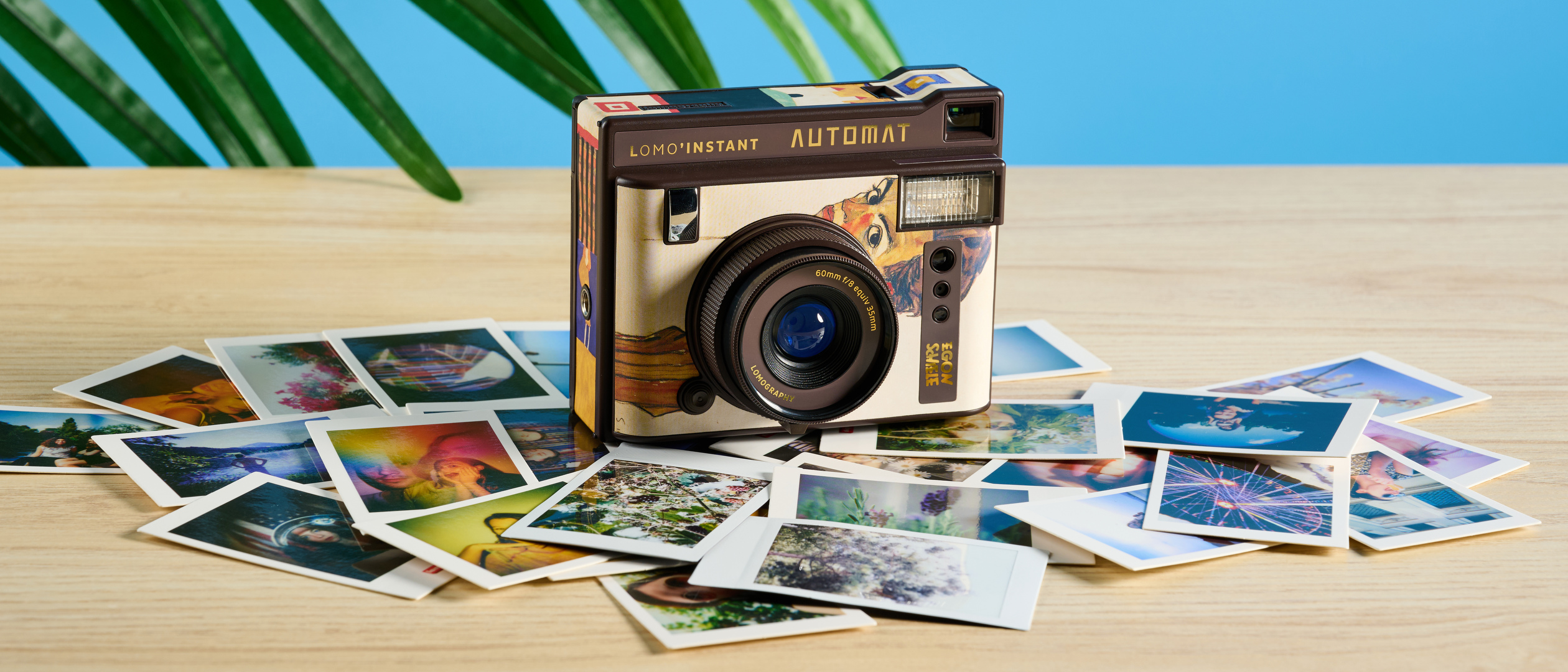Tom's Guide Verdict
The Lomography Lomo’Instant Automat is a beautiful camera adorned in artwork from artists around the world. It looks and feels premium, and it comes with three lens attachments to let you be more creative. Image quality is great with faithful color reproduction, and the camera is very easy to use too.
Pros
- +
Gorgeous, artistic designs
- +
Easy to use
- +
Fisheye, wide-angle and close-up lens attachments
- +
Great image and print quality
- +
Long battery life
Cons
- -
Small viewfinder
- -
Uses CR2 batteries
Why you can trust Tom's Guide
If an artist’s aesthetics and vibes were an instant camera, they would be the Lomography Lomo’Instant Automat. This is one of the best-looking cameras I’ve had the pleasure of testing, as it’s available in 12 colorful artist-inspired designs. Not only does the Lomo’Instant Automat look stunning, it takes lovely photos on Instax mini film too. You also get three lens attachments (fisheye, close-up and wide-angle) to get really creative. Any shot you want, you’ve got it. And the long battery life is the cherry on top of the cake.
While the Lomo’Instant Automat isn’t without its shortcomings, these are minor flaws that don’t necessarily detract from the otherwise fantastic user experience.
To find out more about one of the best instant cameras, read my full Lomography Lomo’Instant Automat review.
Lomography Lomo’Instant Automat review: Cheat sheet
- What is it? “The world's most advanced, fully automatic instant camera,” according to Lomography, with multiple lens attachments
- Who is it for? For fans of mini format prints — and those who want a camera with designs inspired by artists
- How much does it cost? The Lomography Lomo’Instant Automat starts at $159 / £169
- What do we like? The 12 gorgeous artistic designs, great image and print quality, ease of use, three lens attachments, and long battery life
- What don’t we like? The small viewfinder and the fact that it uses hard-to-procure CR2 batteries
Lomography Lomo’Instant Automat review: Specs
| Specs | Lomography Lomo’Instant Automat |
|---|---|
| Price | Starts at $159 / £169 |
| Lens | 60mm (35mm equivalent) + fisheye, wide-angle, close-up attachments |
| Viewfinder | Yes |
| Exposure control | Automatic |
| Shutter | 1/250 to 8s (Auto) | 30s (Bulb) |
| Aperture | f/8, f/22 |
| Shooting range | Manual zone focusing, 0.6m / 1-2m / ∞ |
| Flash | Automatic |
| Flash refresh time | Not specified |
| Flash range | 50cm-1.5m |
| Self-timer | No |
| Power | 2 x CR2 batteries |
| Dimensions | 4.68 x 3.68 x 2.36 inches |
| Weight | 0.78lbs |
| Film used | Instax mini film |
| Film development time | Up to 90 seconds |
| Cost per print | Approx. 75¢ |
Lomography Lomo’Instant Automat review: Price & availability
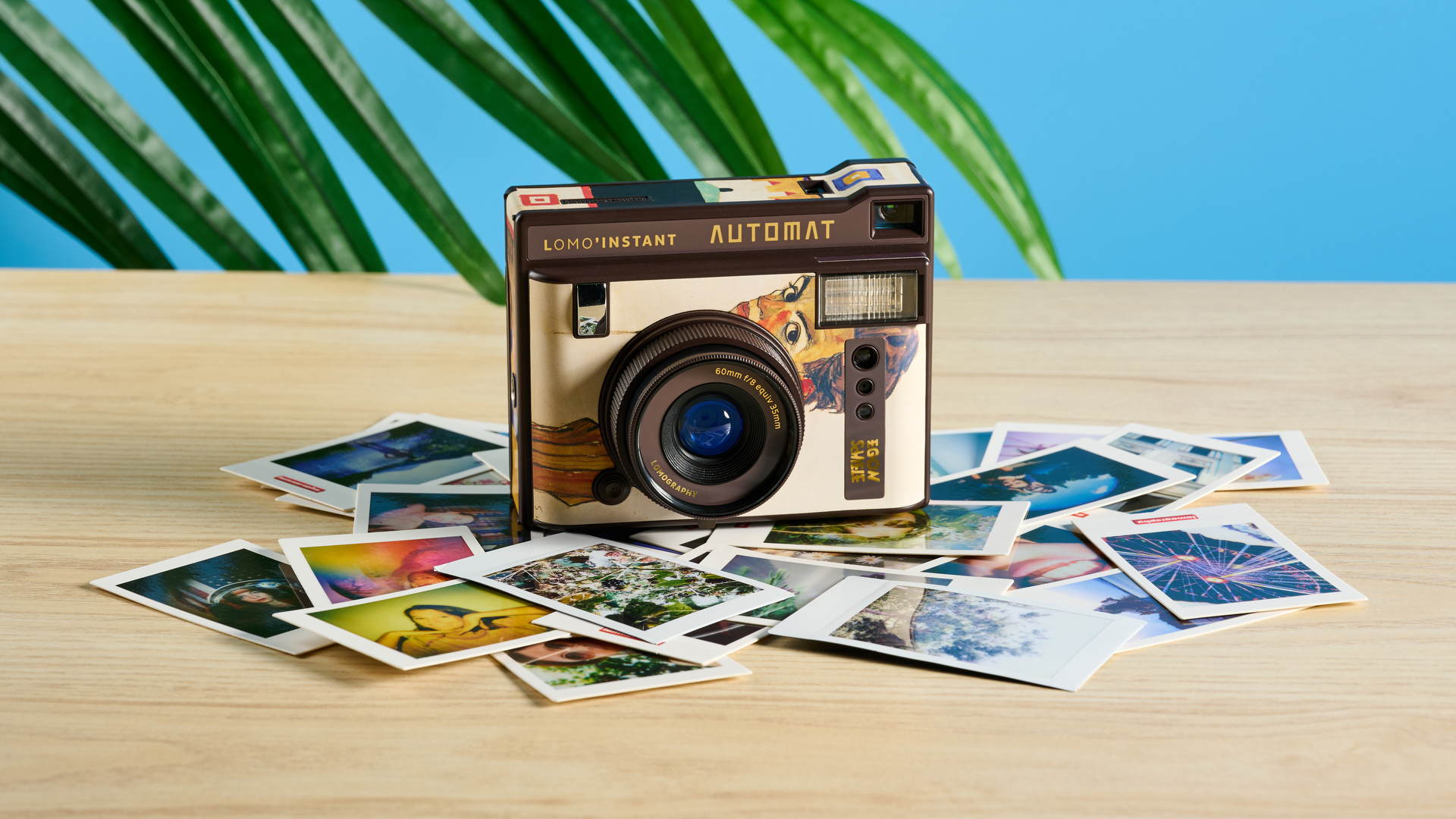
The Lomography Lomo’Instant Automat comes in 12 designs and the price varies depending on the model you get. The cheapest one, the Bora Bora edition (all white), is available for $159 at Amazon U.S. / £169 at Lomography U.K. The other variants, which are inspired by artists from around the world (like Gustav Klimt and Henry Steiner), cost $199 at Amazon U.S. / £179 at Lomography U.K.
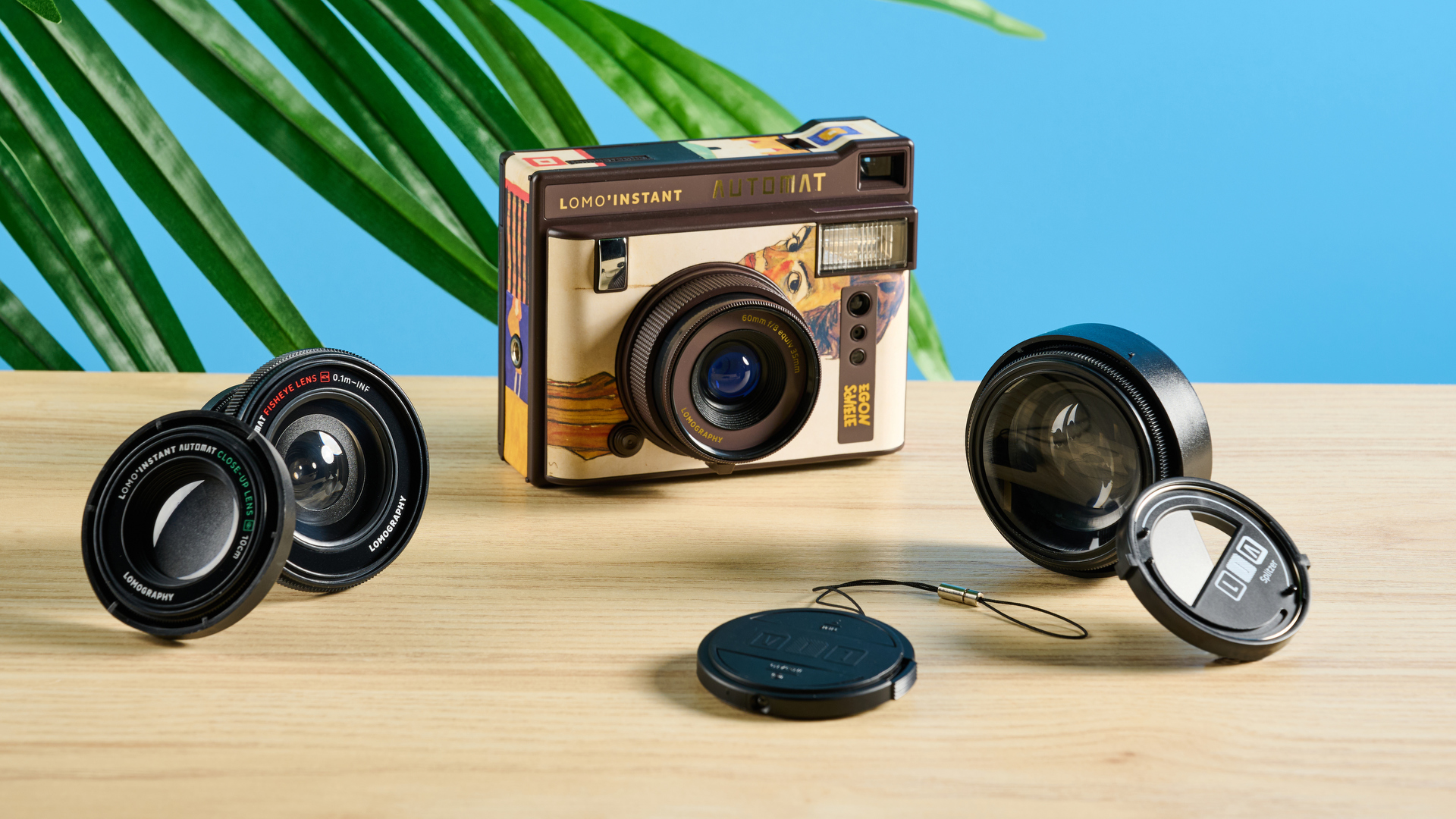
The camera comes with three lens attachments, so it’s more niché than most other instant cameras. Comparing just retail prices, the Lomo’Instant Automat finds itself competing with the likes of the Fujifilm Instax mini 99 ($199), which offers more creative control and shoots Instax mini film. It’s considerably cheaper than the Leica Sofort 2 ($399), the Fujifilm Instax Wide Evo ($349) and the Polaroid i-2 ($629). But the Leica and Fujifilm cameras are hybrid instant cameras (they have LCD screens and allow you to print from your smartphone) and the i-2 offers a lot more manual control over settings. For a purely analog instant camera, the Lomo’Instant Automat is a winner with its image quality and lens attachments.
Lomography Lomo’Instant Automat review: Design & build quality
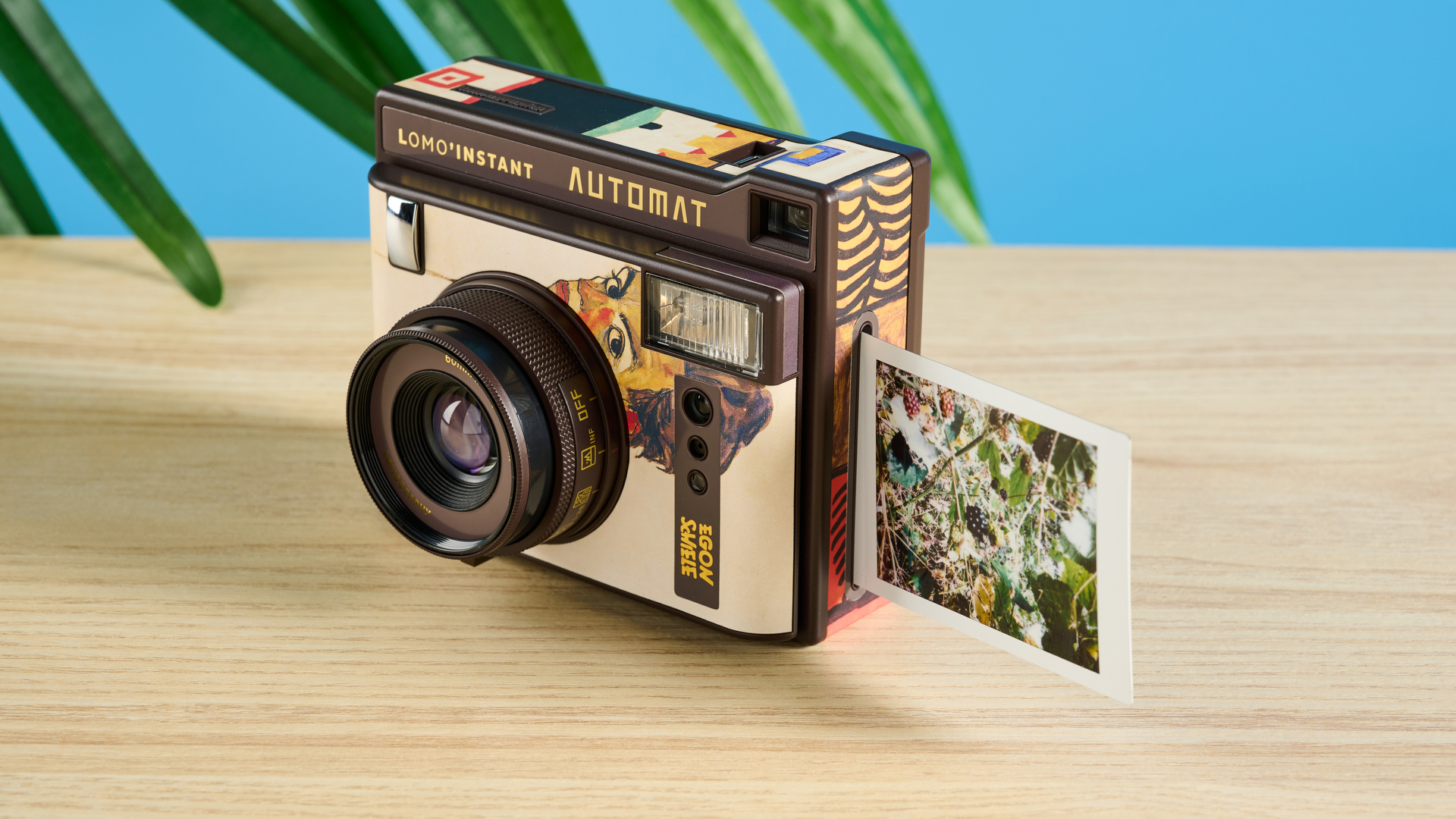
If you’re an artist or simply an art lover, then the Lomography Lomo’Instant Automat will be right up your alley. As I said earlier, its design is inspired by artists from around the world, and I’ve never seen a better-designed instant camera. While you can get monotone models, like the Bora Bora (white) or the South Beach (red) editions, I’d recommend splurging on the artist-inspired variants which are very colorful and look stunning. I tested the Schiele edition which is decorated with Austrian artist Egon Schiele’s work, and the camera got a lot of compliments from my coworkers and even strangers on the street. I appreciate how Lomography is celebrating artists with these designs — it makes the camera feel even more special.
I could gush about the Lomo’Instant Automat’s design all day, but let’s move on to the build quality. Unlike other Lomography cameras I’ve tested, like the Lomo’Instant Square Glass ($149), the Lomo’Instant Automat doesn’t feel cheap and flimsy. The build feels premium thanks to the high-quality plastics used.
The camera is portable too, measuring 4.68 x 3.68 x 2.36 inches, similar to the Fujifilm Instax mini 99. I could comfortably carry it in my coat pocket without feeling weighed down, as the Lomo’Instant Automat weighs 0.78lbs — lighter than the Instax mini 99 (0.87lbs) but similar to the cheaper Instax mini 40 (0.72lbs, $99). The lightweight body also meant that I could comfortably hold the camera in one or both hands.
Lomography Lomo’Instant Automat review: Lens & viewfinder
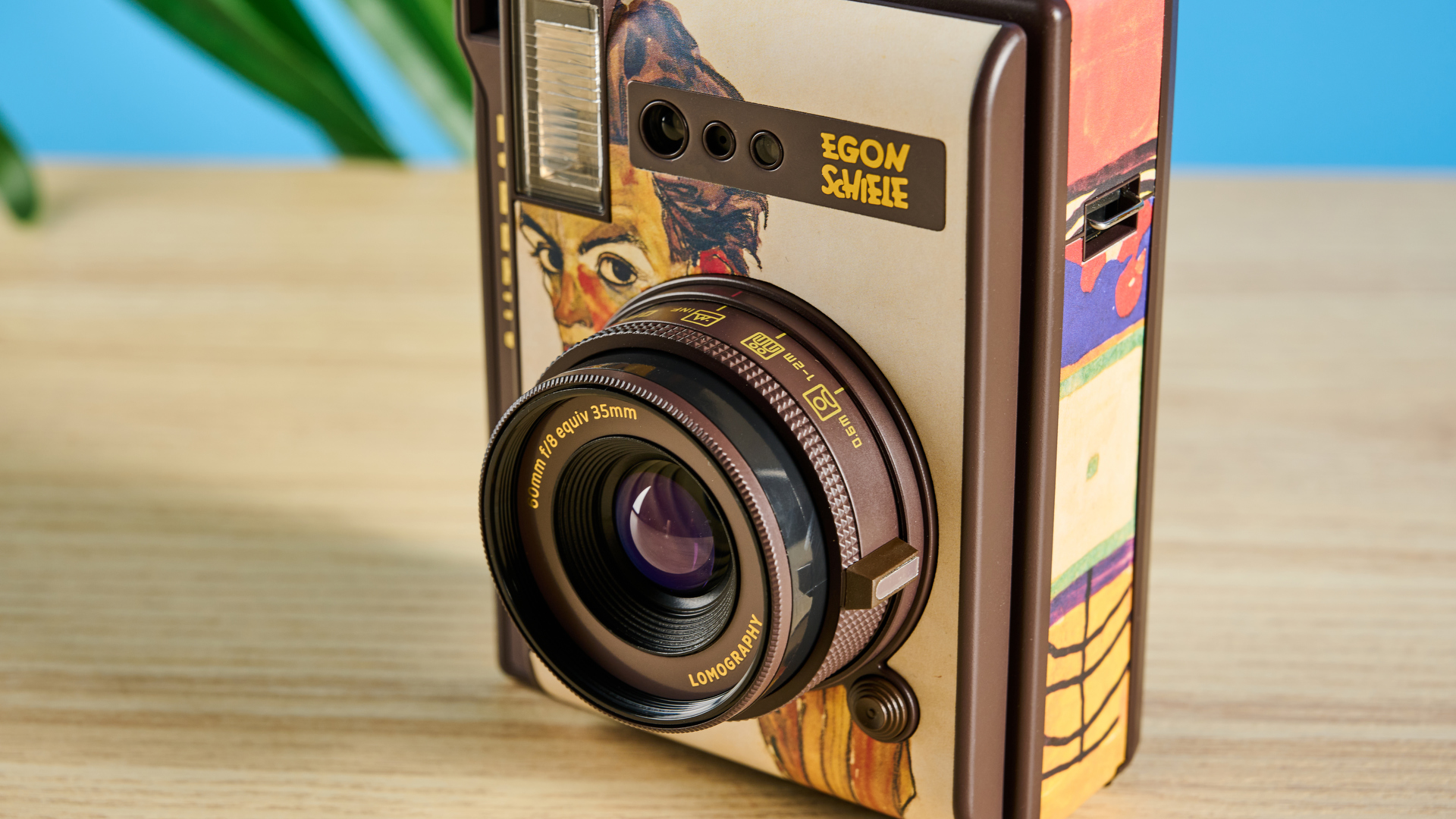
One of the Lomography Lomo’Instant Automat’s most unique features are its lens attachments. Regardless of the edition you get a fisheye, a wide-angle and a close-up lens which can be clipped onto the built-in lens, which is a 60mm (full frame equivalent) lens. The built-in lens has three focus zones: infinity, 0.6m and 1-2m. These settings make the camera great for landscapes, portraits and any other shot you desire.
While you get control over the focus, aperture is adjusted automatically, so the Lomo’Instant Automat will choose between f/8 and f/22 depending on the lighting conditions. You should be able to shoot in bright environments comfortably but the aperture won’t suffice in low-light conditions. The Fujifilm Instax Wide Evo and the Instax mini Evo ($199) have an f/2.4 and an f/2 aperture respectively, so they perform better in dimly lit environments.
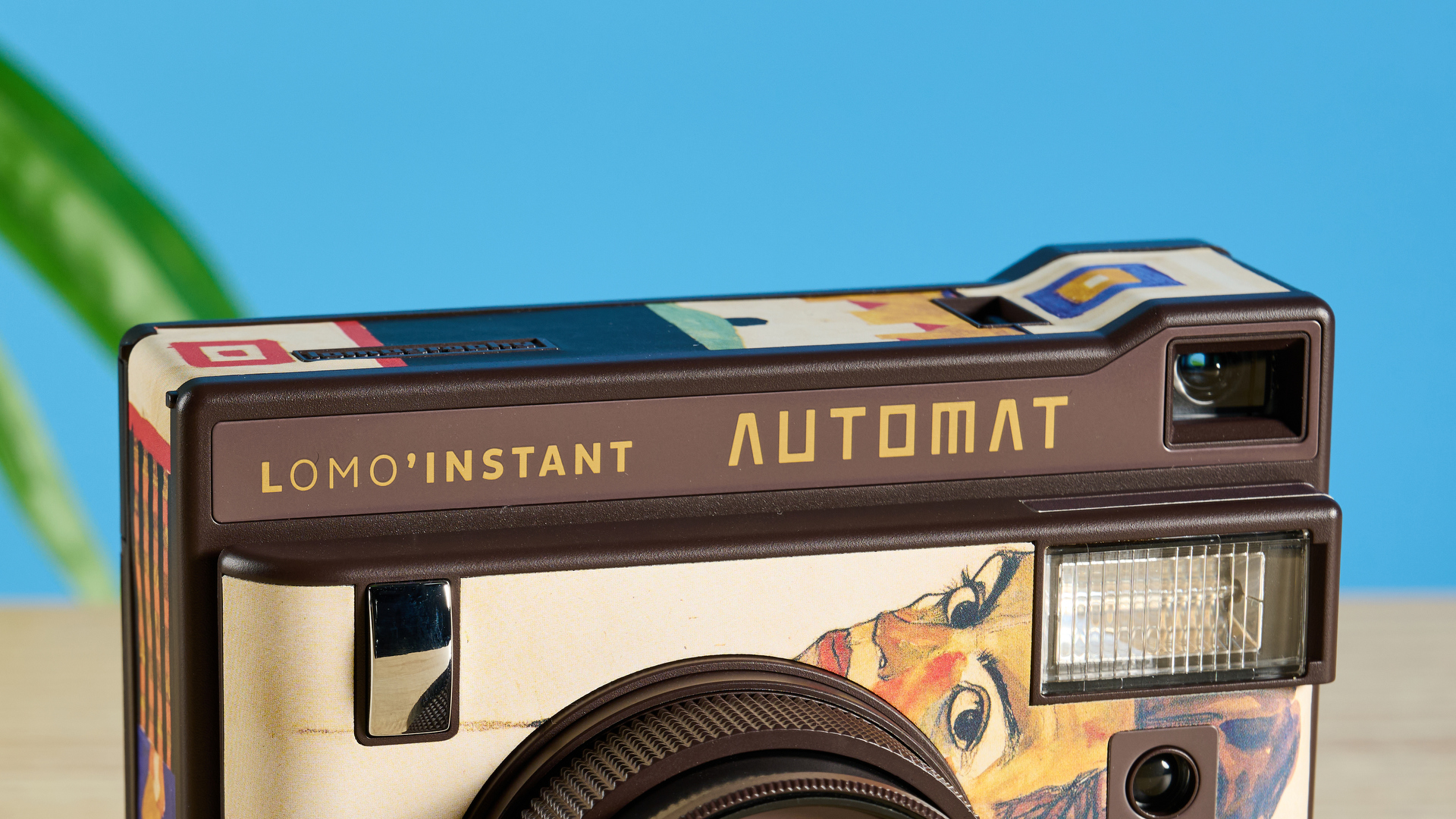
An issue that I’ve had with Lomography cameras in the past — like with the Lomo’Instant Square Glass — is the tiny viewfinder. The Lomo’Instant Automat’s optical viewfinder (OVF) is offset from the lens and it’s very small. I wear prescription glasses and struggled to look through the OVF comfortably. I wish Lomography had opted for a size similar to that on the Fujifilm Instax Wide 400 ($149) which is neither too big nor too small — it’s a happy medium.
Lomography Lomo’Instant Automat review: Controls
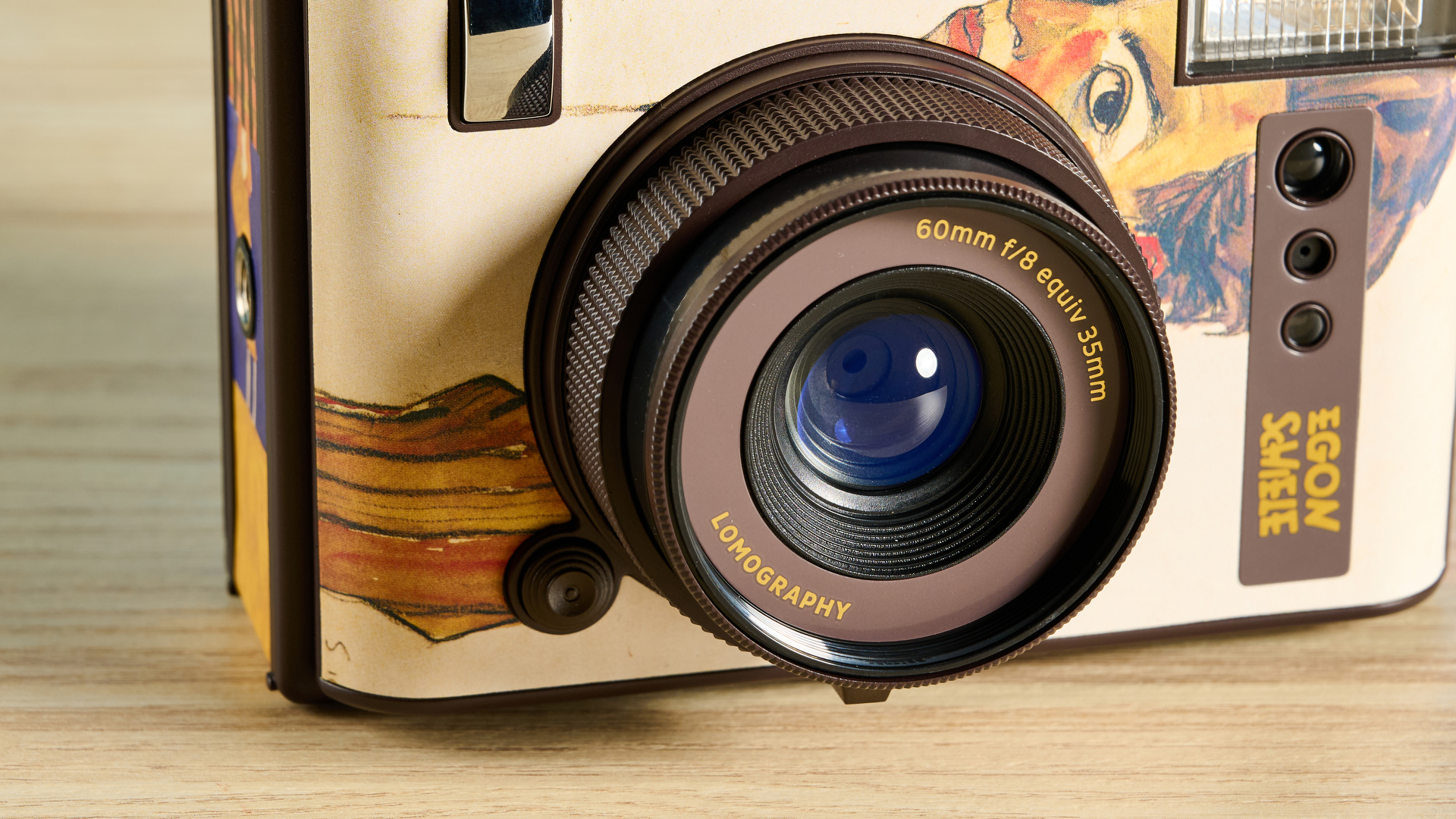
The Lomography Lomo’Instant Automat has a straightforward control scheme that doesn’t take long to get used to. There’s no button to power it up. Instead, simply turn the lens barrel to turn it on — similar to the Fujifilm Instax mini 12 ($79). The manual focus zones are located along the lens ring too, so depending on what you’re shooting, remember to choose the appropriate focus zone. I love the controls around the lens as they make instant photography more tactile and fun.
A selfie mirror is located to the top-left of the lens, making it easy to gauge distance to the camera. This mirror also doubles as the shutter release button. I found it easy to reach and press with my index finger, and it gives good tactile feedback too. You’ll also find the lens closure lock near the lens, which you need to press to be able to twist the barrel to turn off the camera. I really like this feature as it negates the possibility of you switching it off by mistake.
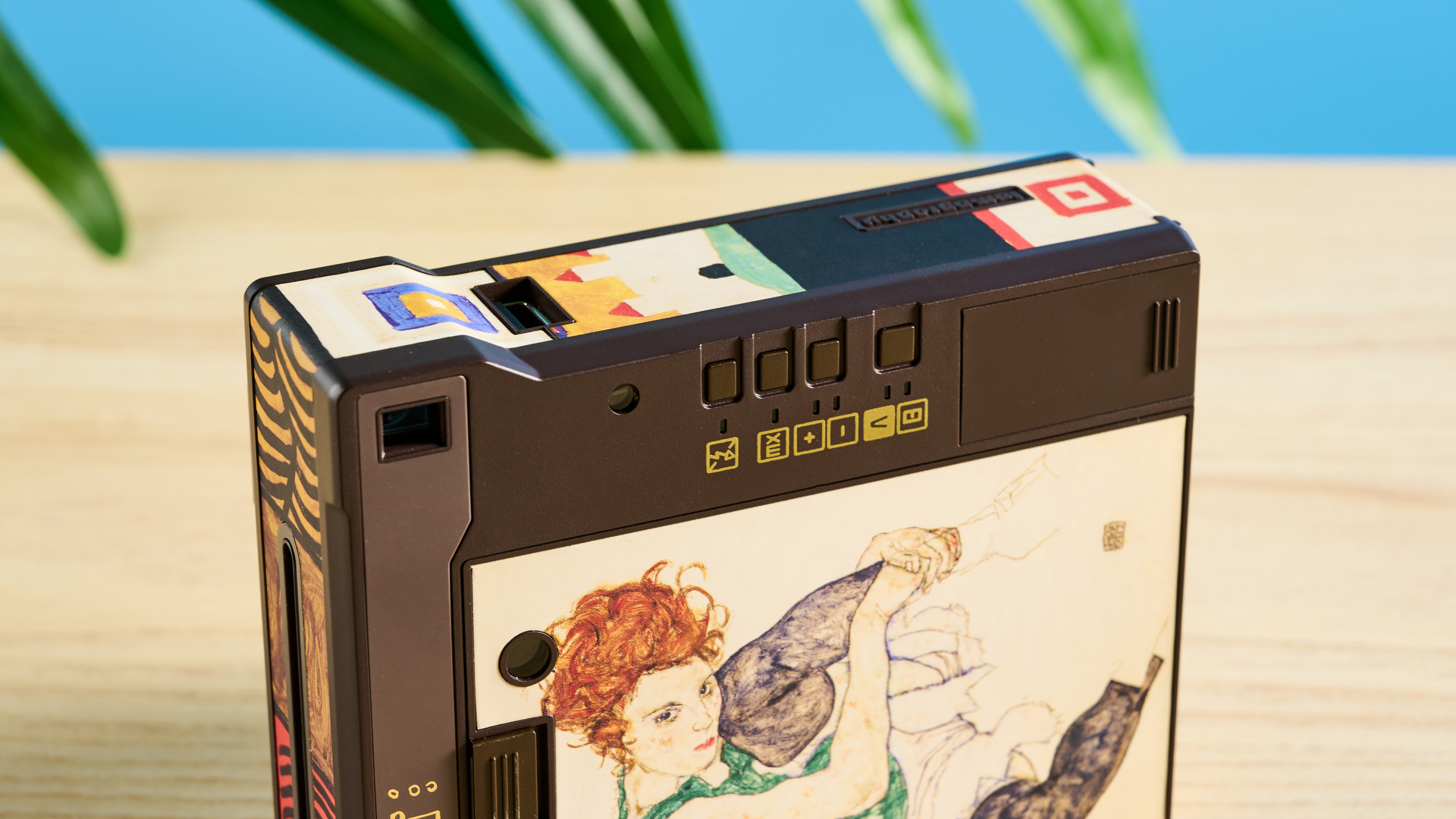
All other buttons are located at the back of the camera, next to the film door. These include: flash, multiple exposure, EV compensation, and automatic or bulb mode. If you want to slow the shutter speed down to 30s for long exposures, switch to bulb mode.
You’ll find the wireless remote in the box, and this can be used to remotely trigger the shutter to take a photo — perfect for social gatherings.
Attaching any of the three included lens attachments is easy too. All you need to do is screw them onto the fitted lens. I found this easy to do but in case you’re struggling, here’s a handy tutorial from Lomography itself.
Lomography Lomo’Instant Automat review: Image & print quality
The Lomography Lomo’Instant Automat takes lovely photos indoors and outdoors and in bright conditions. The Instax mini film quality is great too, and it takes just under 90 seconds for the image to develop.
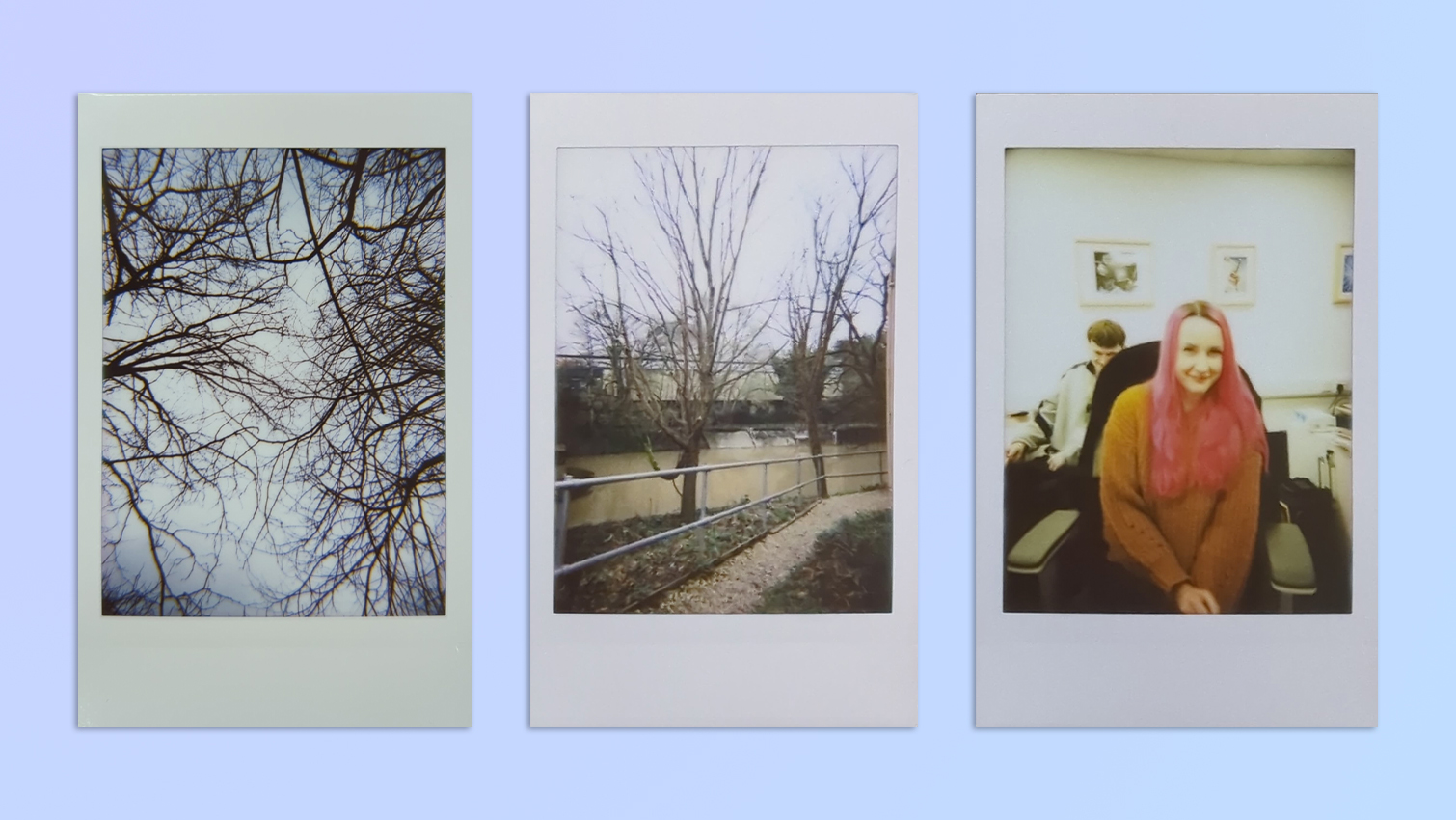
Color reproduction is faithful and images turn out detailed but of course, mini film is, well, mini so there’s only so much of a scene it can capture. Regardless, I love the photos this camera captured, and you can see a few examples above. You can see each individual branch in the first photo, and I like the different shades of green that have been captured in the second photo. The river looks lovely too. The Lomo’Instant Automat has captured the gloomy vibe really well. I also like how bright my coworker’s pink hair looks — a testament to how good color reproduction is.
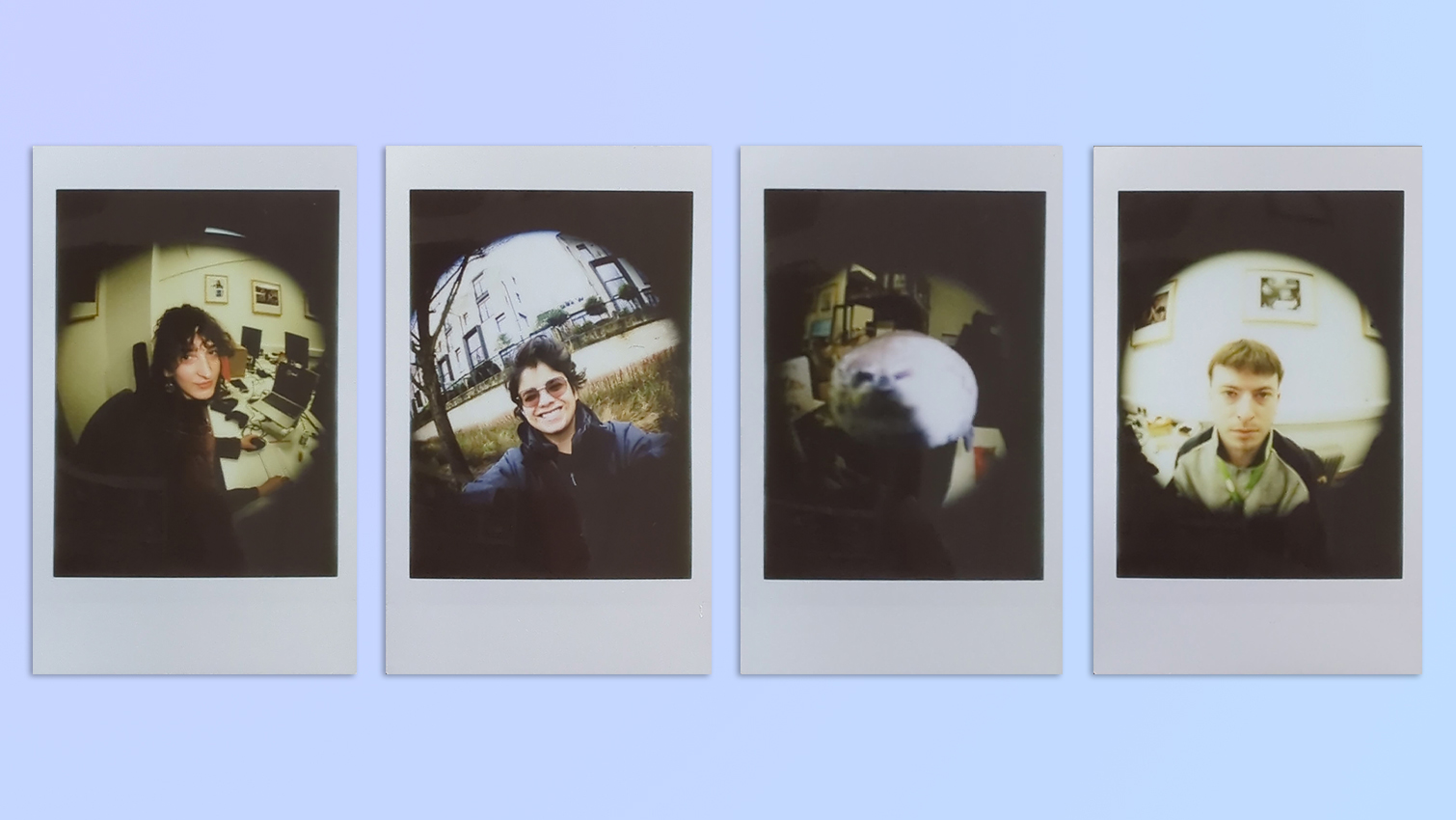
The three lens attachments are fun to play with, but I had the most fun with the fisheye lens, and you can see a few examples above. If you want to use the Lomo’Instant Automat at a party, everyone can get involved and have fun with the fisheye attachment.
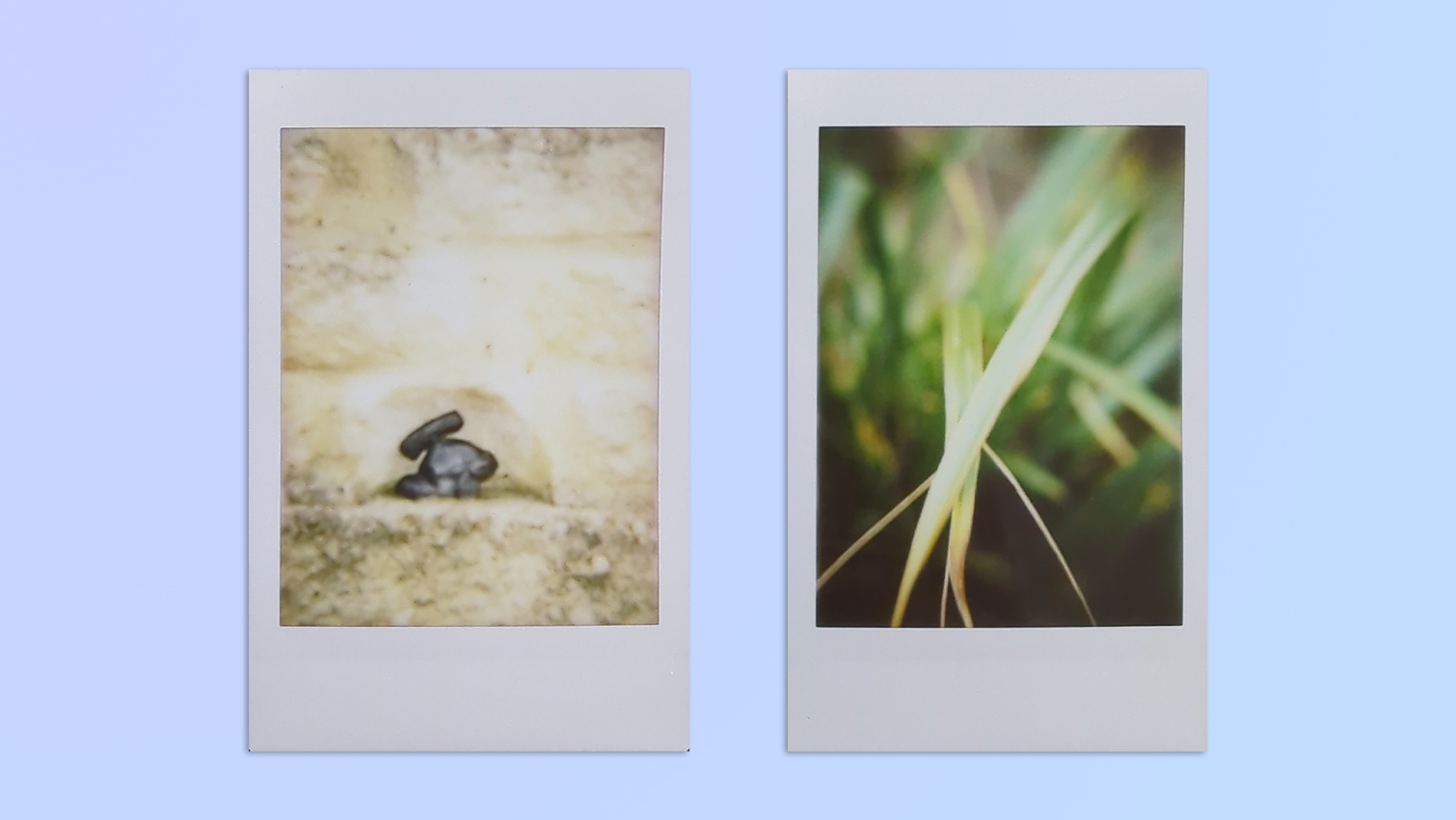
Focusing with the close-up lens is hit-or-miss, as you can see the black figure in the first photo above is out of focus. But the second photo of the leaves has turned out nice and you can see the shades of yellow and green clearly.
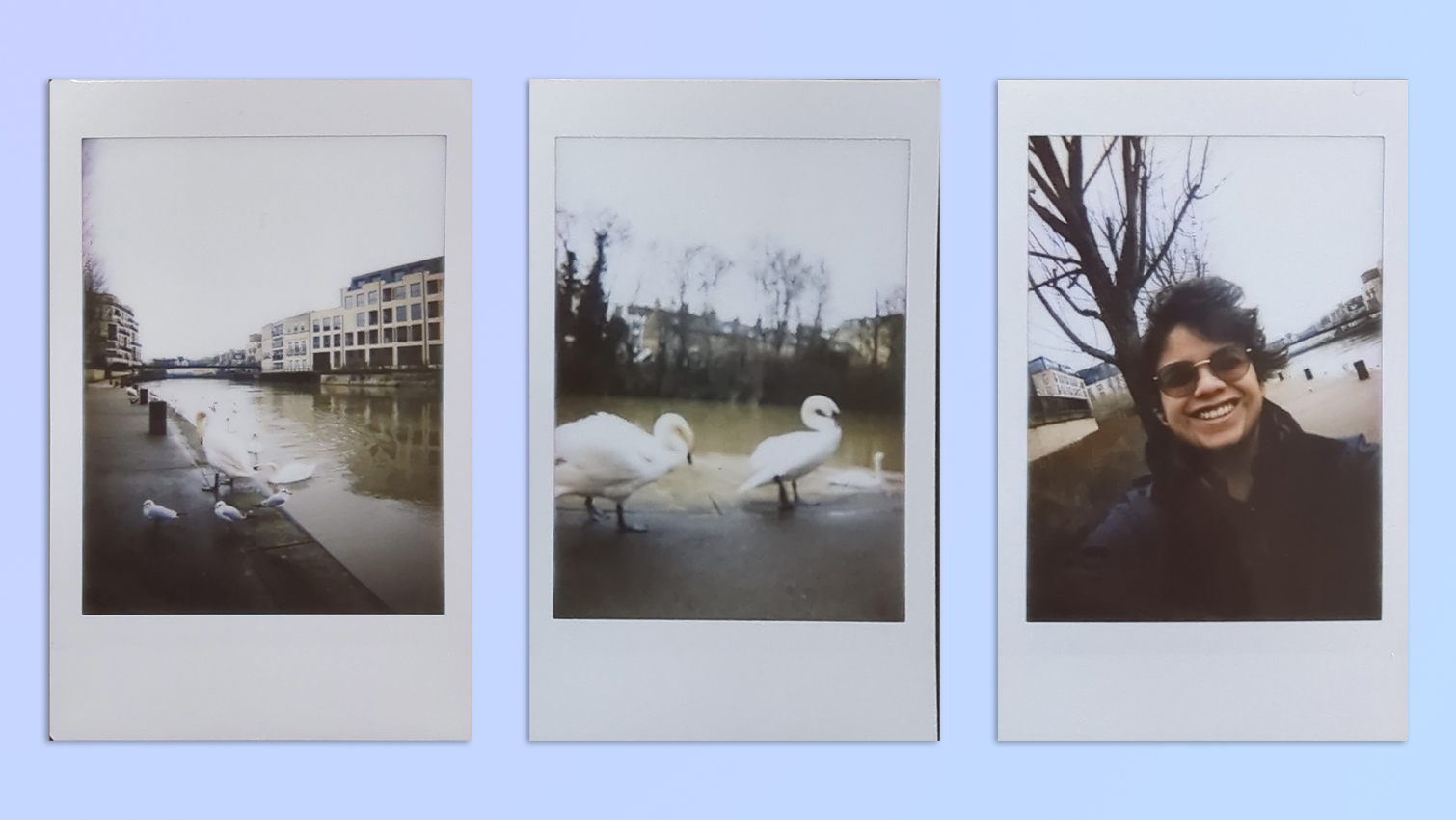
The photos above were captured with the wide-angle lens attachment. You can capture a bit more of the scene, like the swans, gulls and the river, and it works well. The selfie I took was also shot with the wide-angle lens attachment and I love it. You can see the context of where it was shot, thanks to the trees and the river in the background.
Lomography Lomo’Instant Automat review: Film cost & yield
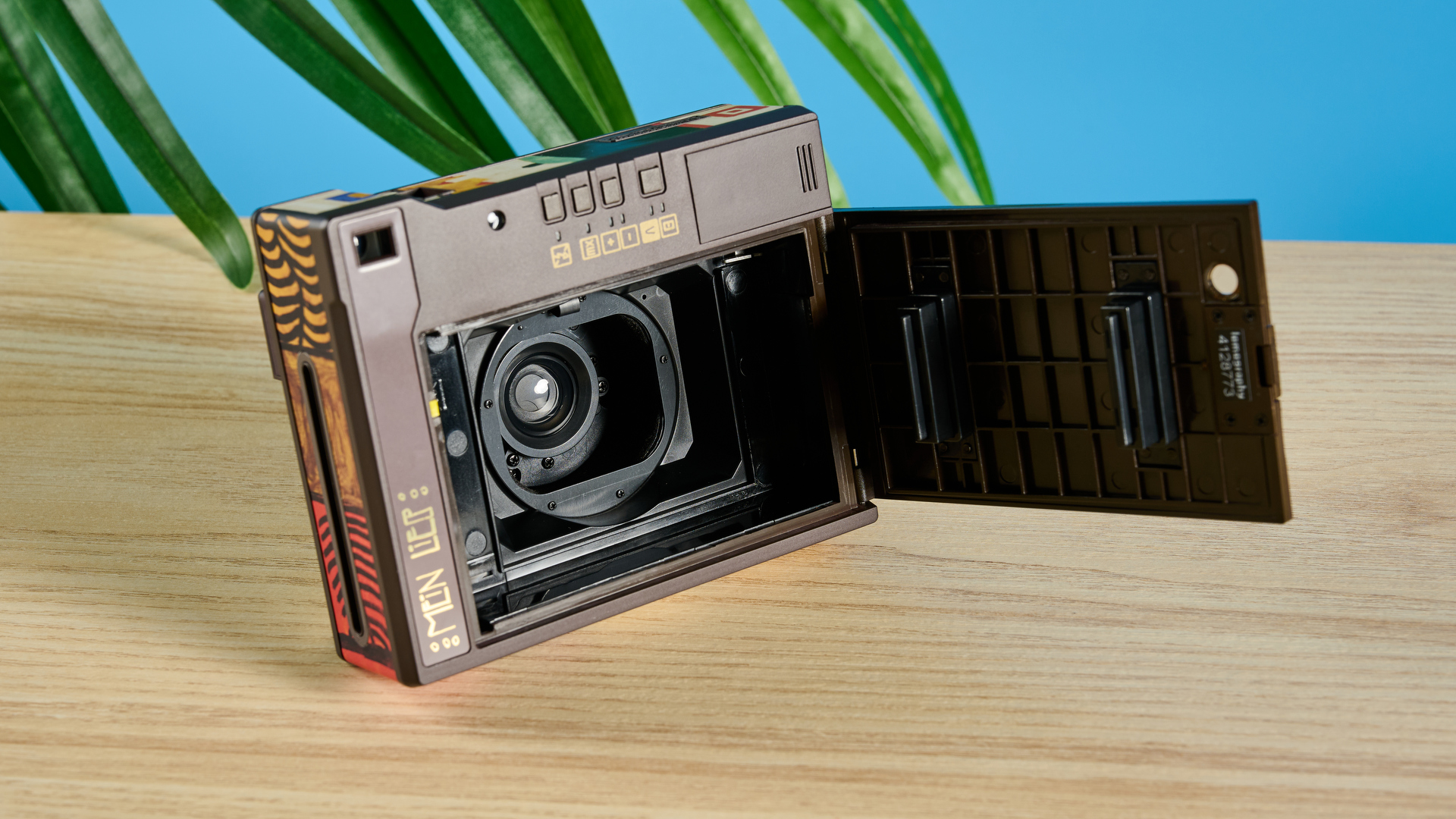
The Lomography Lomo’Instant Automat uses Fujifilm Instax mini film, a double pack (20 pieces of film) of which costs $14 at Amazon U.S. / £14 at Amazon U.K. Each print will cost approximately 75¢ which is great value for money.
Instax mini film is cheaper than Polaroid Go film used by the Polaroid Go Gen 2 ($79) costs $19 / £18 for 16 pieces of film. It’s also cheaper than Instax Wide film (used by the Instax Wide 400) which costs $18 / £16 per double film pack.
Lomography Lomo’Instant Automat review: Battery life
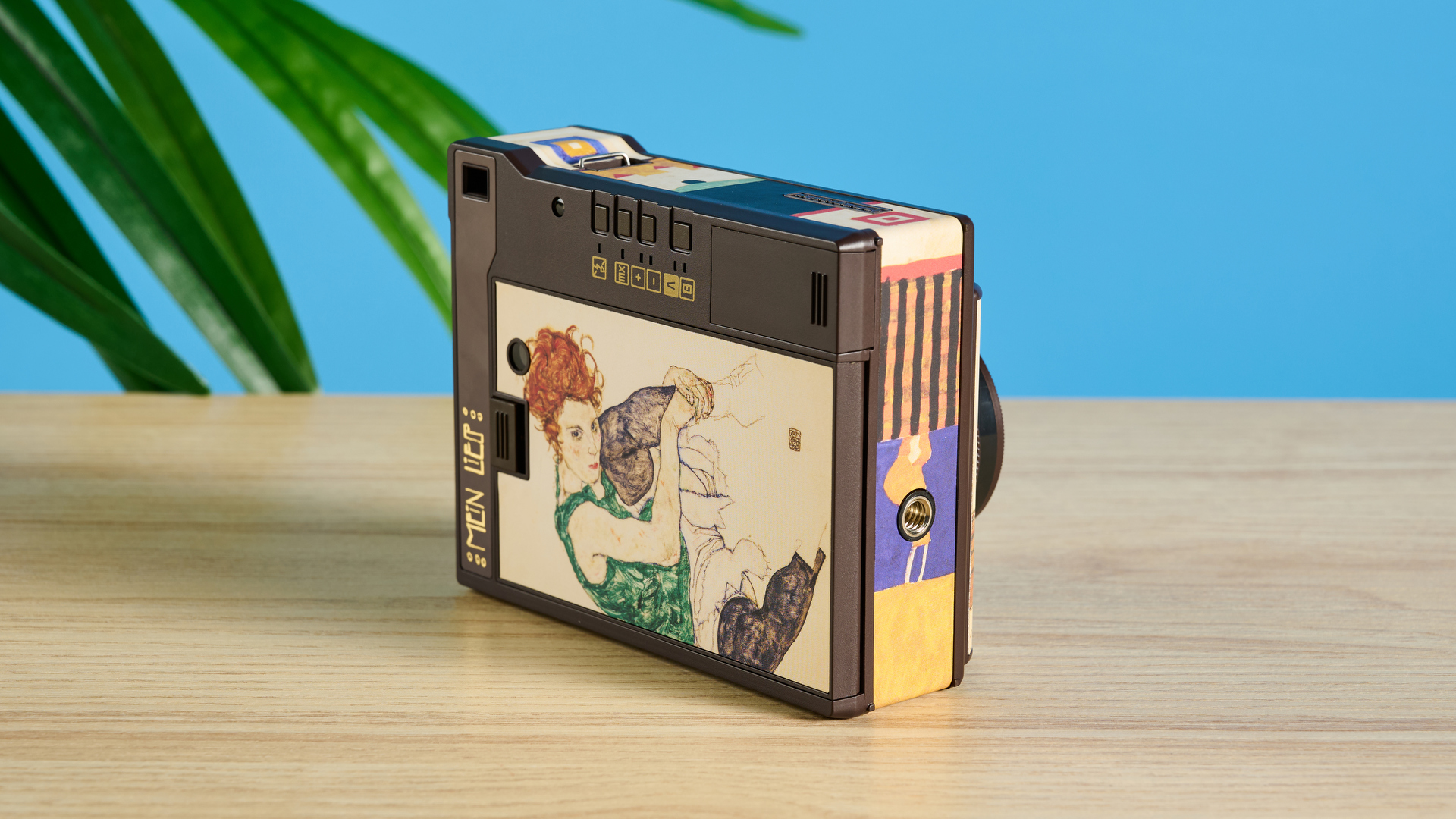
Like the Lomography Lomo’Instant Square Glass and the Lomomatic 110 film camera ($99), the Lomo’Instant Automat uses two CR2 batteries which can be hard to come by, in the U.K. at least. I had a couple left over from when I tested the aforementioned cameras, but I had to order those online. You can get a pack of two for $17 at Amazon U.S. / £10 at Amazon U.K. The Instax mini 99, on the other hand, is fitted with a rechargeable battery which is more environmentally friendly and less costly in the long run.
Lomography claims two batteries should be enough for 100 shots, depending on the usage conditions. There is, of course, no way to tell how much battery you have remaining as there’s no LCD screen. I got through three packs of film (30 shots) on my used batteries and the camera still hadn’t died.
Lomography Lomo’Instant Automat review: Verdict
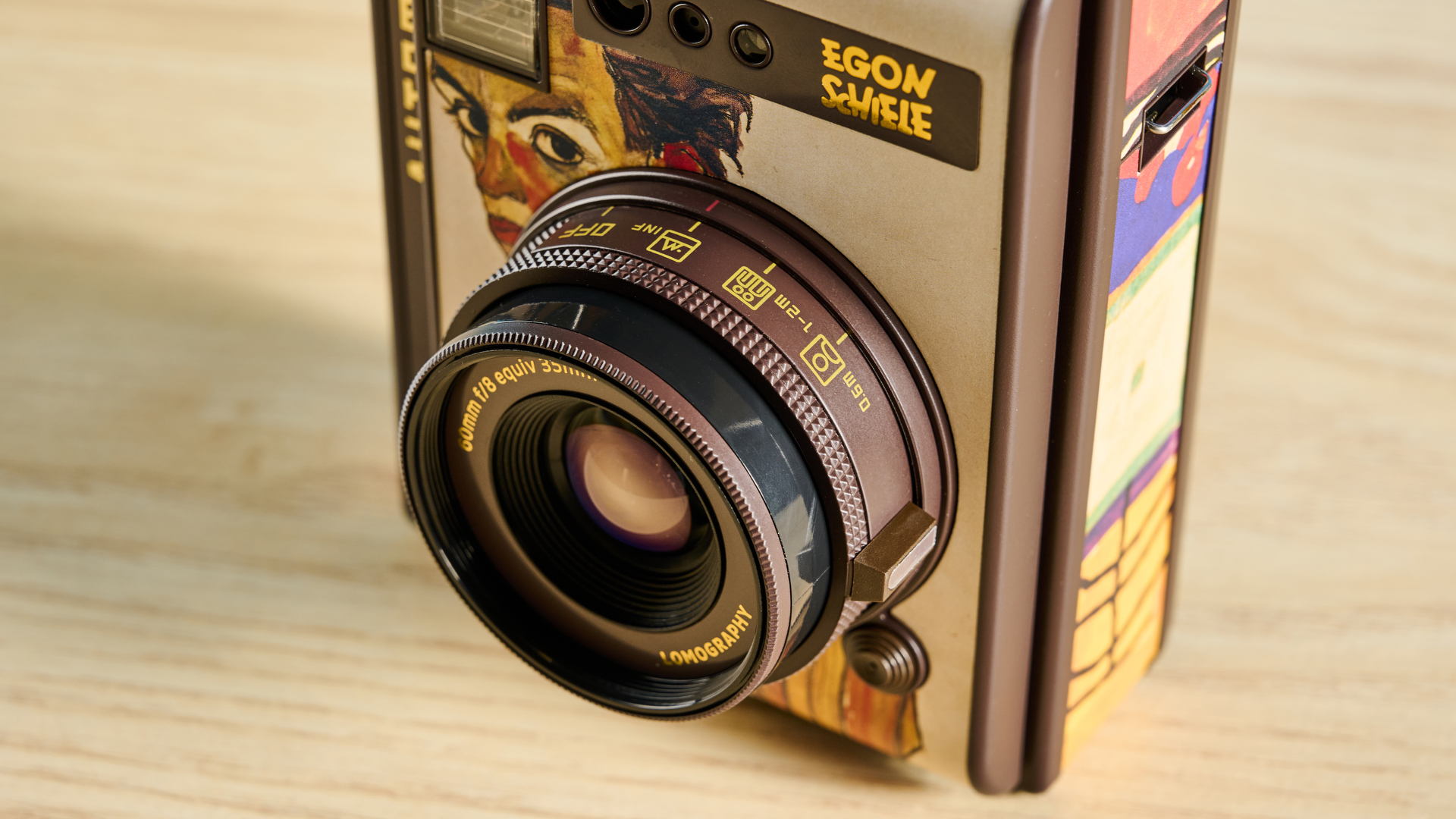
I can’t think of a better-looking camera I’d recommend to lovers of instant photography. The Lomography Lomo’Instant Automat is a fantastic camera thanks to its ease of use, inexpensive film, and gorgeous looks. It takes detailed photos and its three lens attachments give you more creative freedom.
Even though the camera isn’t without its faults — I’m not a huge fan of the CR2 batteries and small viewfinder — it still impresses on a lot of fronts. It’s got a long battery life, and the overall image and print quality is excellent. The Lomo’Instant Automat has become my favorite analog instant camera.

Nikita is a Staff Writer on the Reviews team at Tom's Guide. She's a lifelong gaming and photography enthusiast, always on the lookout for the latest tech. Having worked as a Sub Editor and Writer for Canon EMEA, she has interviewed photographers from all over the world and working in different genres. When she’s not working, Nikita can usually be found sinking hours into RPGs on her PS5, flying a drone (she's a licensed drone pilot), at a concert, or watching F1. Her work has appeared in several publications including Motor Sport Magazine, NME, Marriott Bonvoy, The Independent, and Metro.
You must confirm your public display name before commenting
Please logout and then login again, you will then be prompted to enter your display name.
